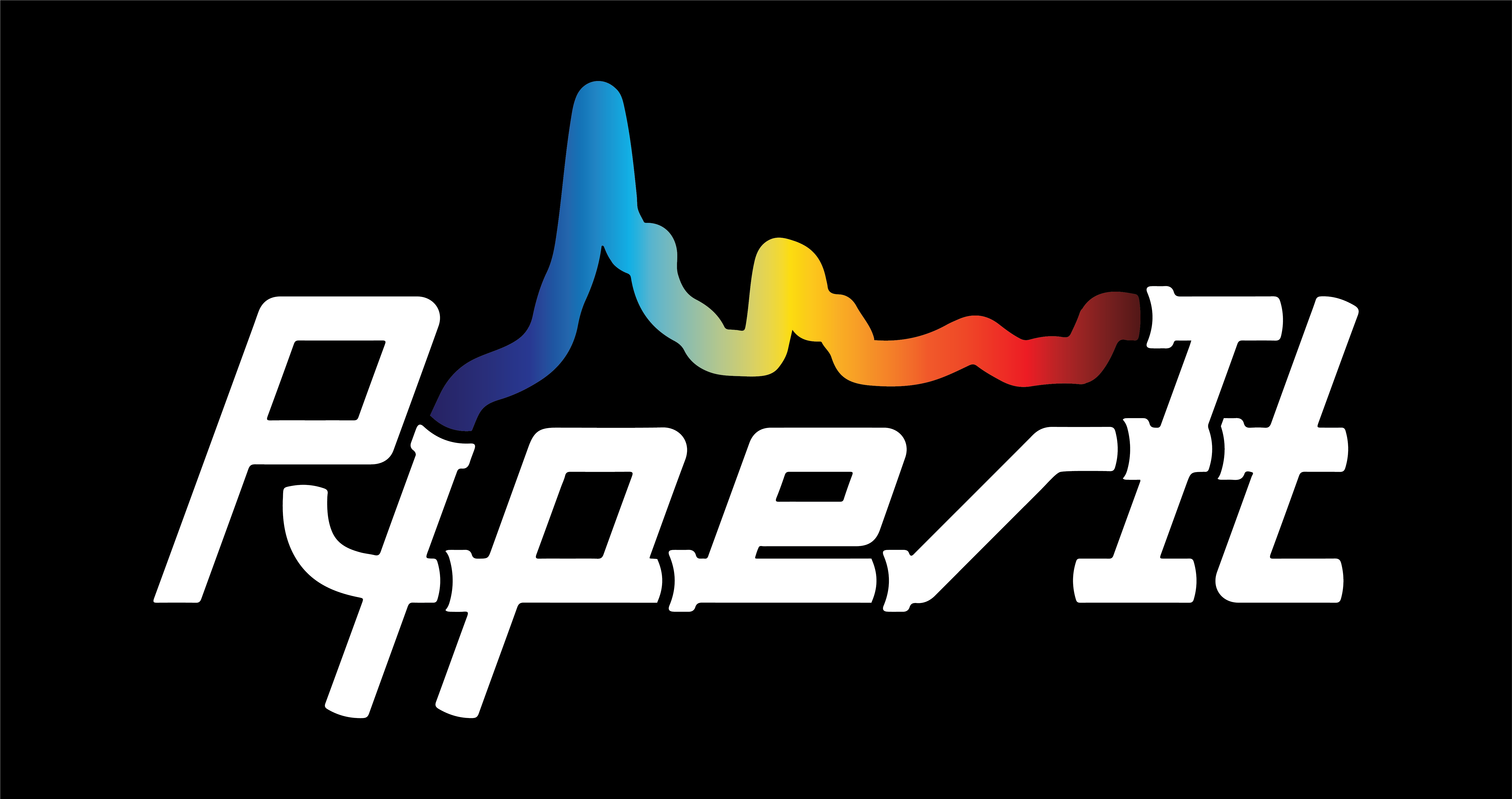PypeIt is a Python package for semi-automated reduction of astronomical spectroscopic data. Its algorithms build on decades-long development of previous data reduction pipelines by the developers. The reduction procedure - including a complete list of the input parameters and available functionality - is provided by our online documentation.
PypeIt is designed to be used by both advanced spectroscopists with prior data reduction expertise and astronomers with no prior experience of data reduction. It is highly configurable and designed to be applied to any standard slit-imaging spectrograph, including long-slit, multi-slit, as well as cross-dispersed echelle spectra. The spectrographs that PypeIt can be used with are listed here.
Also note that this link contains some useful information about reducing data with certain instruments that you might also find helpful.
In addition to our primary code base, we maintain an extensive development suite primarily used to perform multiple layers of code testing, from basic unit tests to full end-to-end tests of all our command-line scripts. If you are new to PypeIt, you are encouraged to pull example data from the DevSuite for your instrument when learning how to use the software.
As a project, PypeIt is committed to fostering a welcoming, diverse, and inclusive community. As a member of this community you are expected to read and follow our Code of Conduct.
Along with our extensive online documentation, we encourage the PypeIt user base to communicate via our PypeIt Users Slack. All are welcome to join using this invitation link.
If you find a bug (particularly one that is experienced by others in the Users Slack) or have a feature request, please submit an issue.
If you use PypeIt in your research, please cite the following publications (we provide the relevant BibTeX entries for your convenience):
If there is no place to include the relevant citations in the text of the publication, please include the following acknowledgement (provided in latex and using the provided BibTeX entries):
This research made use of \ttfamily{PypeIt},\footnote{\url{https://pypeit.readthedocs.io/en/latest/}}
a Python package for semi-automated reduction of astronomical slit-based spectroscopy
\citep{pypeit:joss_pub, pypeit:zenodo}.PypeIt receives direct funding from the following sources:
- NASA ADAP (A20-0412, 20-1018)
- W.M. Keck Observatory
- University of California Observatories
We also rely on important in-kind contributions from individuals at Caltech, the Multiple Mirror Observatory, and elsewhere.
PypeIt is an open-source, community developed package. Astronomers are encouraged to join the project and should review our Code of Conduct and Development Guidelines. We would also appreciate if you contact the lead developers (JXP, JFH) before beginning development activities.
The following persons have contributed substantially to the development of PypeIt.
- J Xavier Prochaska (JXP)
- Joseph F. Hennawi (JFH)
- Kyle B. Westfall
- Ryan J. Cooke
- Feige Wang
- Tiffany Hsyu
- Frederick B. Davies
- Emanuele Paolo Farina
- Debora Pelliccia
- James Reichwein
- Milan Roberson
- Timothy Pickering
- Timothy Ellsworth-Bowers
- Gregory Simonian
- Heather Martin








